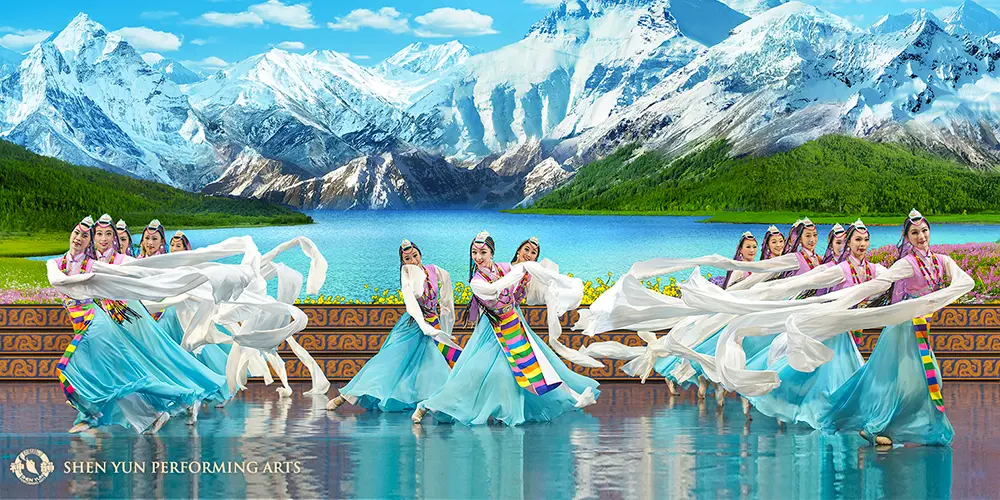What do Wagner’s “Imperial March,” Sarasate’s “Carmen Fantasy,” and the erhu folk tunes of Northeast China have in common?
Not much, at first glance. But Shen Yun Symphony Orchestra’s ability to move from one perfect stylistic rendition to the next in mere minutes is an exercise in proving that, truly, music is a universal language.






